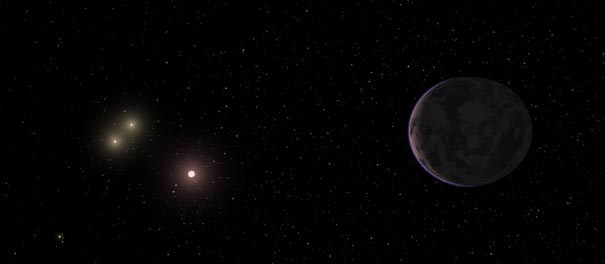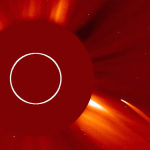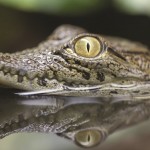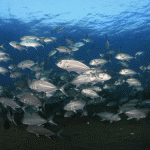The planet lies 22 light-years from Earth and, most importantly, contains the precious liquid known as water.
The name of the planet is GJ 667Cc, and it consists of an orbital period of 28 days, maintains a minimum mass of 4.5 times that of the Earth and is located in the habitable zone of its host star (GJ667C).
Although current technology does not give scientists the ability to detect life on other planets, according to professor Chris Tinney of the University of New South Wales and member of the research team, this planet is the most likely candidate yet for supporting life.
If humans were to inhabit another planet, it should harbour similar conditions to those found on Earth — i.e. a solid surface, atmosphere and temperatures. GJ 667Cc orbits in the narrow circumstellar region where temperatures are neither too hot nor too cold for liquid water to exist on the planet’s surface.
The planet, which was found using the Doppler wobble technique, is the fourth example of a potentially habitable planet. “This tells us there must be an awful lot of these planets out there. It was almost too easy to find, and it happened too quickly,” says Tinney.
GJ 667Cc host star is an M-class dwarf star and it has lower metallicity levels than our own Sun. This means that it puts out a lot less heat than the Sun and, therefore, is less likely to form planets.
The discovery of GJ 667Cc, which is part of a three-star system that could include a gas-giant and an additional super-Earth, demonstrates that habitable planets could form in a greater variety of environments than previously considered. Simon O’Toole, from the Australian Astronomical Observatory and another team member, mentioned on UNSW’s website: “This discovery shows that habitable planets could form in a greater variety of environments than we previously considered.”








